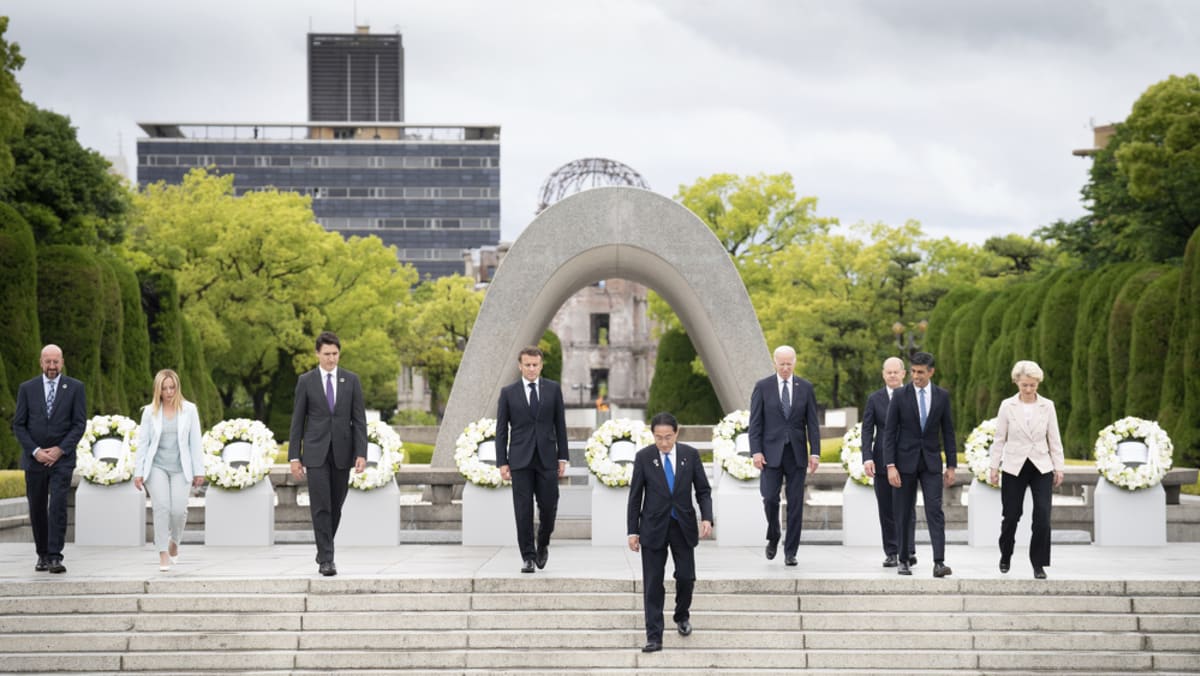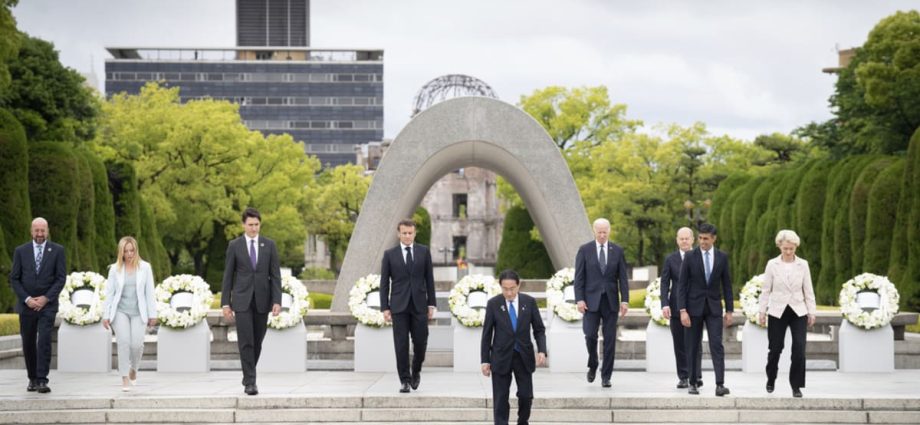
In the aftermath of the bombing, both the Japanese military government and the US occupation sought to erase any mention of the seismic event, denying the lethal effects of the bomb on the human body and censoring survivors’ stories.
As Kyoko Gibson, 75, who lives in the UK but is from Hiroshima, said recently in a talk: “Can you imagine if you had to watch those you care for undergoing excruciating suffering”? The hibakushas were determined not to be seen simply as victims and submit to becoming the unfortunate collateral damage of Japan’s surrender on Aug 15, 1945.
Nobel Prize-winning author Kenzaburo Oe described in successive autobiographical works how his life was changed for the better by a conversation with a hibakusha he interviewed for his 1965 book Hiroshima Notes. He went on to champion their cause throughout his life, arguing that the chief lesson of the bombings of Hiroshima and Nagasaki was a lesson in self-reflection.
If they listen to the harrowing stories of survivors in Hiroshima, the G7 leaders might find, emotionally and rationally, that signing up for Kishida’s action plan and an attendant agreement on the policy of no-first-use is the only moral option.
This could help create much-needed space for proper debate across divides. Will they take this opportunity?
At the moment the biggest threat to world peace is arguably still what philosopher Bertrand Russell and physicist Albert Einstein described in 1955 as the threat to us all: Weapons of mass destruction. The stories of Hiroshima’s hibakushas should stand as an enduring warning against this grave human folly.
Elizabeth Chappell is PhD Candidate in the Department of English Language & Literature at the Open University. This commentary first appeared on The Conversation.

